Produktbeskrivelse
4 stk. originale DONALD DUCK badeleker fra Sun Rubber Co, 1950-tallet. Det er en Donald-såpeholder, en Donald-sparebøsse, en Donald-flaske og en Donald-fløyte. Fin liten samling. Normal kvalitet (se bilder).
THE END OF THE SUN RUBBER STORY
By HARRY RINKER
In a previous column I covered the history of the Sun Rubber Co. of Barberton, Ohio, from its founding in 1923 until the advent of World War II. Now, the rest of the story. Before 1941, the Sun Rubber Co. with its Sunruco products focused on three consumer areas: educational and recreational toys and playthings; office specialties, and custom-molded rubber articles and surgical goods. In 1942, Sun Rubber «went to war,» entering the battle of production waged by American industry. One casualty was toy production.
During the war effort, the company made molded rubber goods (face blanks for high-altitude oxygen masks and respirators, corrugated rubber mask tubing, rubber bellows for testing the fitness of high-altitude oxygen masks, grommets for batteries and flashlight equipment, and pipeline gaskets), rubber bonded to metal (bullet-sealing cell fittings), self-sealing fuel cells for airplanes, and all-rubber athletic balls for troops in training camps and fighting zones. The plant operated 24 hours a day and employed about 900 workers.
What happened to Sun Rubber was not unique. Manufacturers across America produced war-related goods between 1941 and 1945. Few new household or toy products were developed and manufactured during this period. As a result, household products and toys from the pre-war period are vastly different from the toys of the post-war period. This is one of the key reasons why 1940-41 represents a significant dividing line when differentiating «antiques» from «collectibles» in the 1990s.
The most famous Sun Rubber collectible created during the war period was the Mickey Mouse gas mask. Concern was expressed that if the United States ever came under an enemy poison gas attack, children would show the most resistance to putting on a gas mask. With the cooperation and support of Walt Disney, Dietrich Rempel, a local toy designer, produced a unit whose gas mask was shaped like Mickey Mouse’s head with a can filter that featured a Mickey Mouse decal.
Only about 1,000 Mickey Mouse gas mask units were manufactured, many of which were given away to prominent politicians, including President Roosevelt, to gain support for the project. Rempel developed plans for several cartoon-character gas masks, but they were never produced. In 1944, Rempel left Sun Rubber and started Rempel Toy Co.
A Disney connection existed in Barberton, Ohio, before 1940. From 1933, Seiberling Latex Products Co. had held exclusive rights to manufacture Disney characters in rubber. A series of «solid rubber» Disney figures resulted, beginning with the Three Little Pigs and the Big Bad Wolf in 1933. By 1938, the line included figures of Mickey Mouse, Pluto, Donald Duck, Elmer Elephant, Snow White and the Seven Dwarfs, and Ferdinand the Bull. Once again, production ceased during the war.
The cooperation between the Sun Rubber Co. and Walt Disney during the war resulted in a license to the company as exclusive makers of «molded rubber» Disney animals and fairy-tale characters. In June 1946, Sun Rubber announced that it would have a full line of Disney character toys — including Minnie and Mickey Mouse, Pluto, Donald Duck, Bambi, Dumbo and Thumper Rabbit — in toy stores across the nation in time for the Christmas season.
However, it was the doll line that guaranteed Sun Rubber Co.’s strong position in the toy market. The first post-war doll was Sunbabe. The initial model was jointed, flesh colored, had a hard rubber head, metal sleeping eyes, and painted hair and mouth. It came with a flannelette diaper and safety pin and included the «Sunruco» drinking and wetting feature utilizing a glass nurser bottle with rubber nipple. In 1947, Sunbabe dolls were produced at the rate of 20,000 every 24 hours to meet Christmas orders.
In February 1949, Sun Rubber introduced Amosandra, the radio daughter of Amos and Ruby from Columbia Broadcasting’s Amos n’ Andy show. The 10-inch doll had a soft rubber head with painted features, was fully jointed, and drank, wet and cried when squeezed. Ruth E. Newton, a children’s book author and illustrator, was the designer. Employment at the plant increased from 800 to 1,150 to meet production demands of 12,000 dolls per day.
In the late 1940s and early 1950s, Newton also designed several models of the Sunbabe doll, including «So-Wee,» «Cindy-Lee,» and «Babee-Bee,» and several inflated rubber toys such as Chunky (girl) and Rompy (boy). Coupled with the introduction of Disney-related toys, including the famous Mickey Mouse fire engine, Sun Rubber enjoyed an era of modest prosperity.
The mid-1950s represented a post-war «golden era» for Sun Rubber. In 1954, the Bannister Baby, named after a famous baby photographer, was introduced. The doll drank from her own bottle, wet her diaper, blew bubbles from a plastic pipe, and cried when squeezed. In 1955, Sun Rubber gave birth to the Gerber Baby in a variety of sizes and packaging. Sunny Tears joined the line in 1957.
Sun Rubber continued to diversify. In 1958, it produced more than 100 different products, including vinyl, life-size mannequins for a California company. The mannequins had wigs and were dressed in bra and bikini pants. Sun also made a Gogg doll, clown, riding horses, and sport-car bodies for children. The company was on a roll. Or was it?
Barberton was a union town. United Rubber Workers Local 58 represented the Sun Rubber Co. workers. In the late 1950s, the company, suffering from union problems, financial difficulties and toy pirates, closed down. Smith admitted that he «considered moving the plant South.» In May 1960, Sun Rubber announced a $2.7 million refinancing program, the results of two years of effort by Smith and others to keep the plant in Barberton. McNeil Machine and Engineering Co. of Akron, Ohio, loaned the company $1 million in exchange for a license to manufacture and sell machines that rotationally cast vinyl products under Sun’s patents. Another $1 million was received from McDonald & Co., a Cleveland investment house that underwrote 6 percent debentures. The final $750,000 consisted of a term loan from the Cleveland Trust Co.
By 1962, the plant was largely a plastics division of the McNeil company. In 1969, Talley Industries of Phoenix, Ariz., purchased the company. Production focused on manufacturing interior trim for automobile companies, junior sporting goods (basketballs, footballs and volleyballs), and Hoppity Hop balls.
On Dec. 5, 1973, the 226 members of United Rubber Workers Local 58 struck over economic issues and working conditions. The strike continued until mid-April 1974, when Talley Industries closed the plant permanently. Talley argued that the prolonged strike forced their customers to seek sources of supply from other manufacturers. The decision proved irrevocable.
I have written my two columns about the Sun Rubber Co. as a challenge to other collectors who are sitting on treasure troves of historical information about toy and other product manufacturers. Get the information into print and share it. I have thrown down the gauntlet. Any takers?
(Hentet fra The Morning Call).

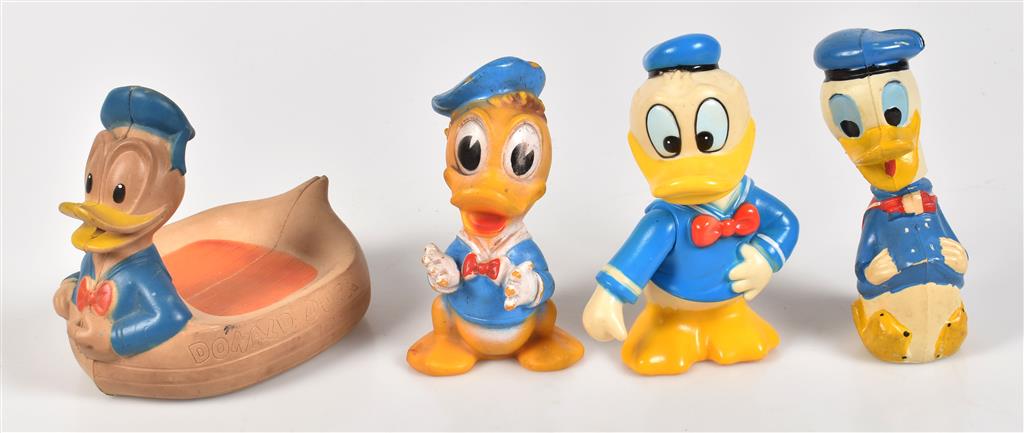
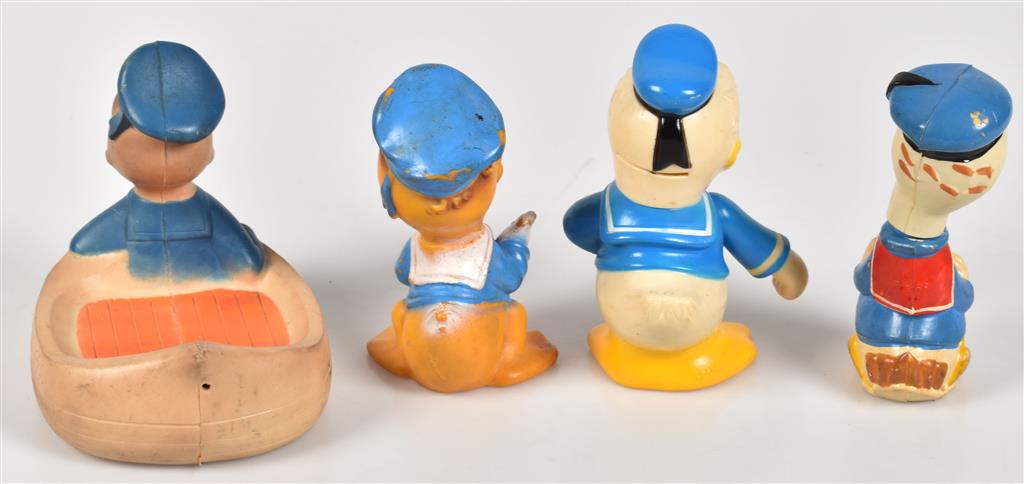
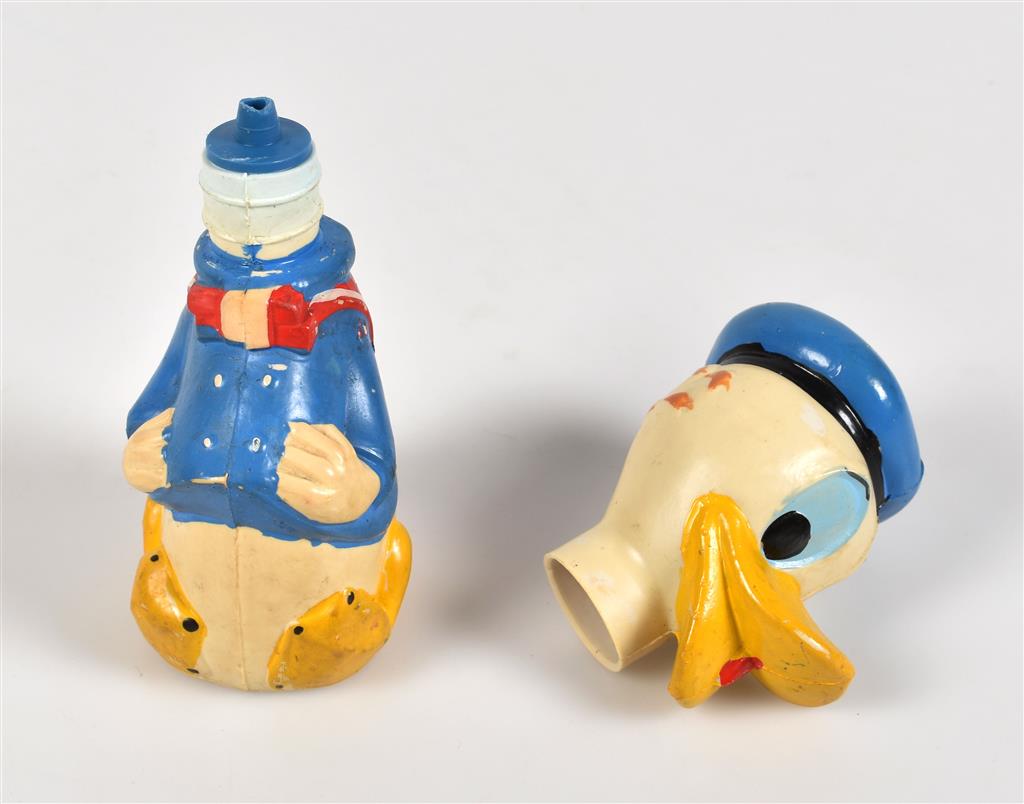
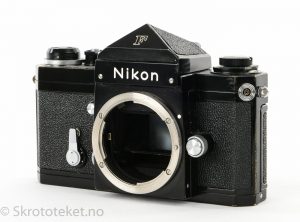
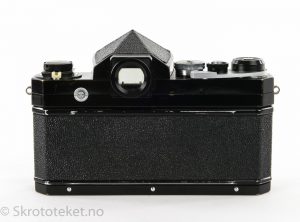
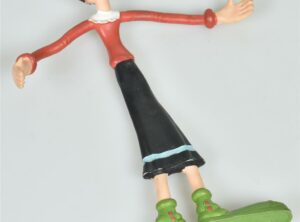
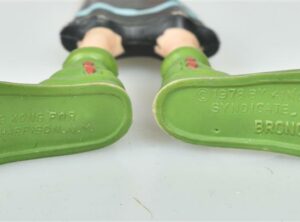
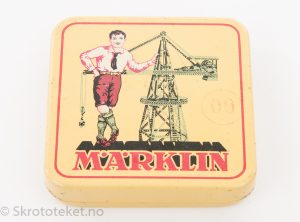
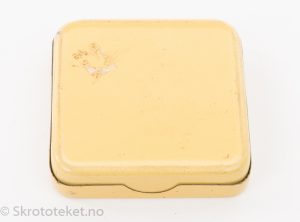
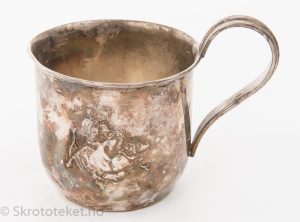
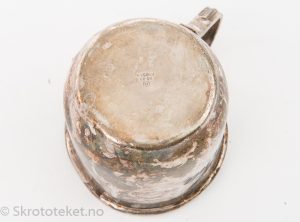
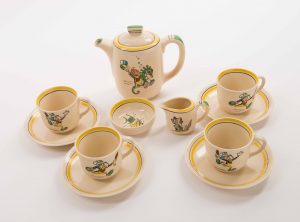
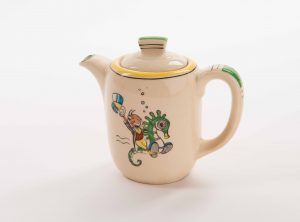
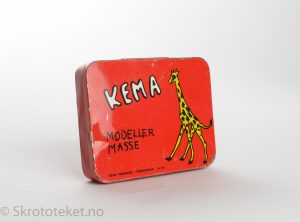
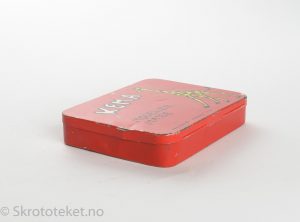
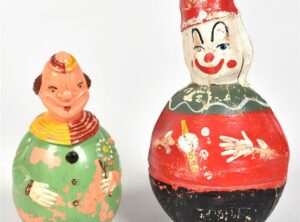
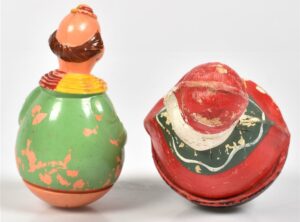
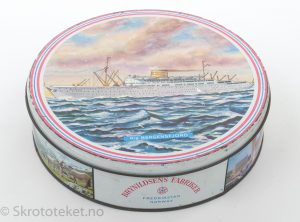
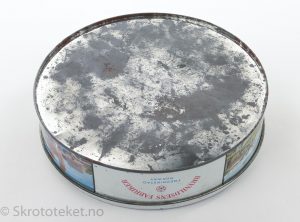
Omtaler
Det er ingen omtaler ennå.